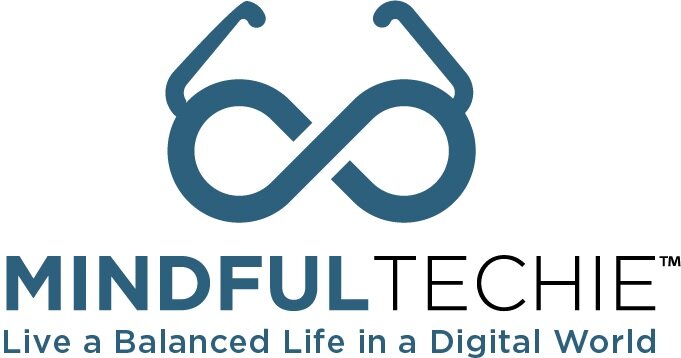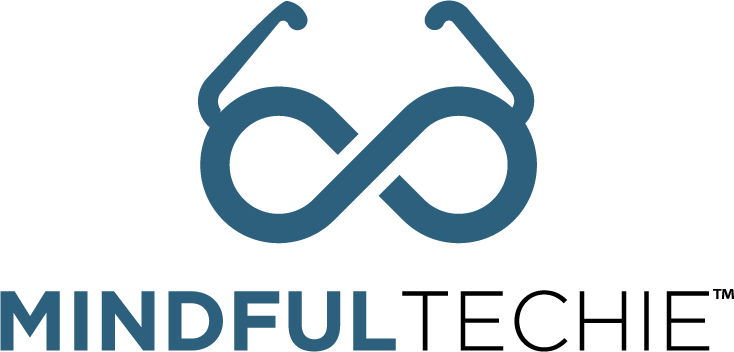7 Work-Life Strategies to Reclaim Time in the Post-Pandemic Workplace
Originally Published by Sidecar Global
You work hard to deliver for your members. But the pandemic has disrupted your professional life and increased demands on your home life. Even with all the talk about things opening up (or not), your workload has increased and you’re spending more time than ever in meetings. You know there must be a better way to balance work, life and distractions that seem to be getting in your way more often than they help you focus on mission-critical activities.
I know because I used to be like you. For many years, I worked at a public health association focused on ending HIV and hepatitis. I know first-hand no matter how long, hard or smart you work, it seems there will never be enough time or resources to get it all done.
Your day-to-day challenges have been complicated by the fact you’re a year and a half into a challenge you initially thought would be resolved in two weeks. Although vaccines offer some hope, the challenge of how to find work-life balance and maximize your time in a post-pandemic workplace remains.
The Challenge
You’re not alone and you’re not imagining things. COVID-19 has caused a number of stressors that have made finding balance and get things done more challenging:
Uncertainty: With no clear end in sight, the pandemic has created prolonged uncertainty and disruption, which make planning difficult. The problem is too many unknowns for too long creates stress and anxiety that eventually takes a mental, emotional and physical toll on you.
Social Isolation: Physical distancing has prevented you from having the type of human-to-human connections that help you thrive. Working in the post-pandemic workplace can feel lonely.
Work-Life Balance: Boundaries between work, life and even the days of the week have been blurred beyond recognition. And it’s become increasingly harder to manage expectations from a distance.
Technology Burnout: The onslaught of using video conference platforms and other virtual tools for everything in our lives from work meetings to family holiday celebrations has resulted in overload, burnout and screen exhaustion.
7 Work-Life Strategies to Reclaim Time in the Post-Pandemic Workplace
So what do you do?
Unfortunately, you can’t wave a magic wand and have things go back to “normal.” But here are a few things you can do right now to be more productive and find more balance in today’s changing world.
1. Make a plan for your day and week
Survey data show one of the biggest distractions in the workplace is a lack of clarity about what’s important to focus on in a particular moment. Consequently, when we are distracted, we may find it difficult to get back on track because we’re not clear about what’s important.
You can correct this by controlling what you can control by taking a few moments at the beginning or end of your days and weeks to map out your vision for success and the priorities that will help you get there. You can think of this process as setting the address for your intended destination in your GPS. Without a destination, you drive around for hours and end up in no place in particular. This is like being busy without making a real impact.
Research shows that when you do this process by hand, you are more likely to remember AND follow through on the intention and priorities you set.
2. Know your Zoom number
You've probably seen advertisements for the Sleep Number bed. You know the one where you change how firm or soft you want your bed to feel by adjusting the Sleep Number setting? What if you could do the same with the volume and length of Zoom meetings you participate in?
In other words:
How many meetings should you have in a day?
How long should they be?
Do you really need to meet at all?
The volume of virtual meetings has increased alongside our reliance on tools like Zoom to sustain collaboration and connection in a remote-first world. But the truth is our time, energy and attention spans are limited in comparison.
3. Have intentional meetings
The increase in remote work has been accompanied by an increase in meetings, but it doesn't have to be this way. Before scheduling a meeting, pause to consider:
Is this meeting really necessary?
What challenge am I trying to solve or what question am I trying to answer?
Consider meetings as a last resort. If you determine a meeting is absolutely necessary, have speedier meetings by changing your calendar settings to shorten the default length of your meetings by 5-10 minutes.
So if you have 30-minute meetings as your default, your calendar would block 20 minutes or 25 minutes instead.
This gives you and your team a buffer so you're not rushing directly from one thing to the next.
4. Practice being socially distant from your devices
When working, eating and sleeping, we have a perfect opportunity to be socially distant from our devices. These breaks allow our brains and bodies to recover from the stress of being constantly connected.
Start by charging your devices outside of your workspace and adding tech breaks to your calendar to check in throughout the day on any important calls or messages.
Turn off notifications for non-mission-critical apps.
Put away your devices during meals.
Buy a real alarm clock and charge your devices outside your bedroom so you can get uninterrupted rest at night.
5. Establish your rules of engagement
One of the biggest challenges we face with our increased workload is unwritten assumptions about when we need to be available for work. We can address this and begin establishing work-life balance by having explicit conversations with our teams to address key questions such as:
Which hours will you be available for work each day?
Which hours will you be available for life outside of work?
Which tools should colleagues use to reach you for urgent matters? What about non-urgent issues?
What’s an urgent matter?
How soon should someone expect a response from you depending on the level of urgency?
Establishing and communicating these boundaries removes the guesswork around when and how you are available for your work and personal life and reduces any anxiety you may feel about needing to be on and available 24/7.
6. Create a start and stop routine and add it to your calendar
Too many of us are up checking emails, responding to text messages, scrolling through social media, and going through our mental checklists before even rolling out of bed.
We spend our days in back-to-back meetings and sitting behind a screen all day.
You can break this pattern by identifying a start and stop ritual for your day. This is something you do for yourself (like having a cup of tea, walking the dog or doing yoga) before jumping into your day. Similarly, having a stop ritual (like putting away your work computer or starting dinner) helps to bookend your days.
If your time is limited, consider starting with just five minutes for yourself at the start and end of the day.
7. Be gentle with yourself
Creating the right balance between work, life and tech is about being at peace with the natural ebbs and flows of life.
Life doesn't stand still. So it stands to reason balance isn't a destination you arrive at; it's an ongoing practice that shifts with the seasons of your life and work.
It's also not one-size-fits-all. What works for you may not work for someone else.
Creating work-life balance is an ongoing process of aligning (and re-aligning) our time, talent, energy and resources vs. a one-time flip of the switch.
If you're struggling with juggling ALL the things on your plate, take a moment to pause and know there's nothing wrong with you.
Celebrate you're doing the best you can with what you have right where you are. And that's all anyone can ask of you.
Your Homework
So, your mission, should you choose to accept it, is to put away your devices and make an appointment with yourself within the next seven days to do one of the things on the list above.
These small changes won’t make things go back to “normal,” but they will set you up for a more mindful approach to your work, life and technology in a post-pandemic world.
Ready to take the next step? Grab the free Work-Life + Tech-Life Balance Assessment.

